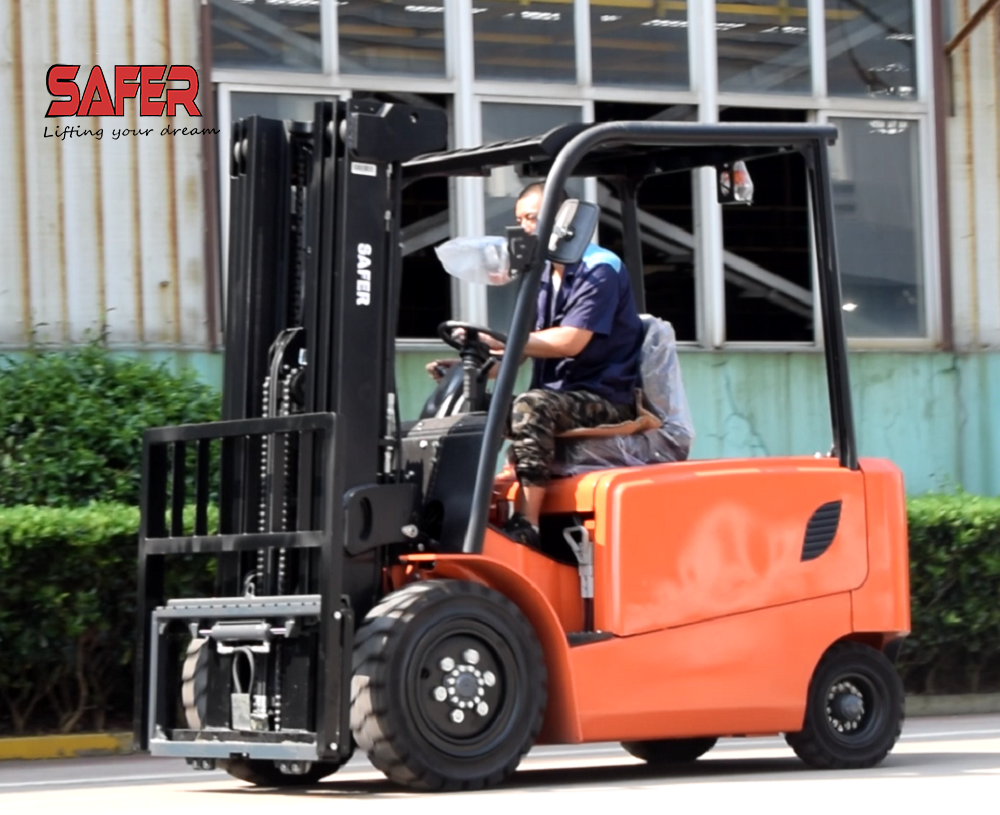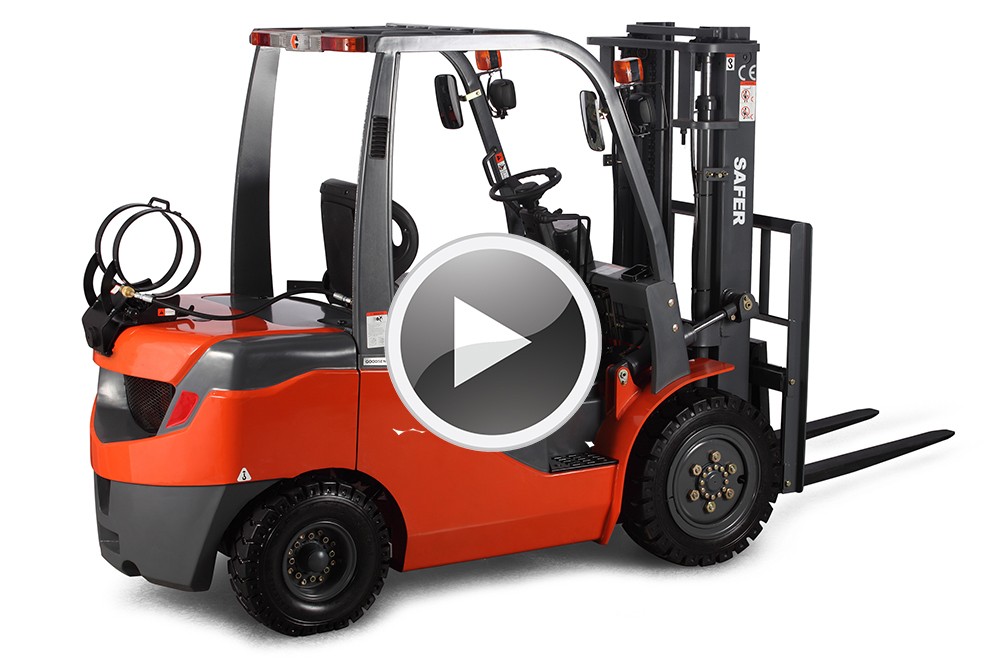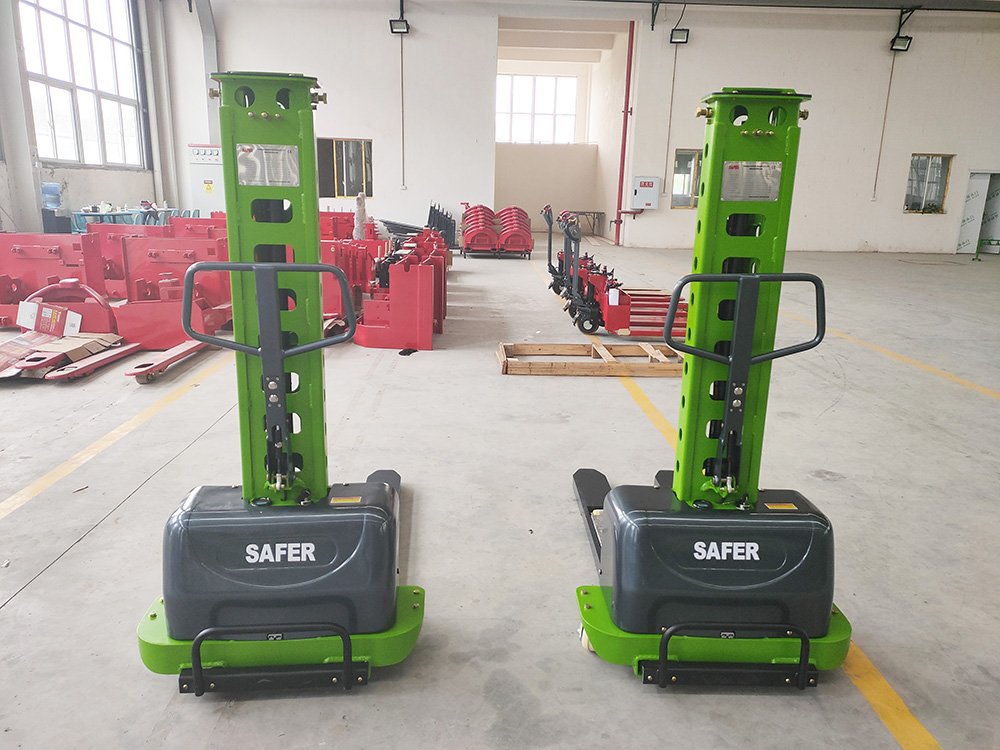China's industrial robot market penetration
Time: 2013-08-09 08:28:19 Source: China Automation Network properties: reprint Author: China Automation Network [Suggest to a friend
The Chinese industrial robot market has continued to perform strongly in recent years, and its market capacity has continued to expand. In 2010, the Chinese robot market sold 14,980 units, and in 2011 it reached 22,577 units, a year-on-year increase of 50.7%. According to the latest statistics, in 2012, the sales volume of industrial robots in China reached 26,902 units, an increase of 19.2% year-on-year. It is estimated that by 2015, the total demand for the Chinese robot market will reach 35,000 units, accounting for 16.9% of the global total, making it the largest robot market in the world. If China wants to achieve the same robot density as Germany and Japan, then about 1 million new robots will have to be installed in the next few years, and the market prospects are very broad.
China's industrial market has huge demand for robots. China is a big manufacturing country and has a world factory in the world. However, this is only a superficial. Behind this name, a production model based on a large intensive labor force is emphasized in current enterprises. Today, with the transformation of automation, the manufacturing production model is gradually transforming, and the application of robots is gradually increasing.
Compared with developed countries, although China has strong demand for robots, the degree of popularization and application is still relatively obvious compared with international counterparts. The number of industrial robots used in China is still small, and it mainly relies on imports from Japan, Sweden, Germany, Italy, and the United States. Among them, Japan accounts for about 64%, and Europe accounts for 36%. Manufacturers mainly include FANUC, Yaskawa, ABB, COMAU, KUKA and Staubli. In terms of market share, it cannot be compared. Many core technologies of industrial robots, which we have not yet mastered, are an important bottleneck affecting the development of China's robot industry.
Take Foxconn as an example, Foxconn made an effort for this transformation. Foxconn’s owner, Guo Taiming, announced plans for robots a few years ago, hoping to replace young Chinese workers on the assembly line with flesh-free machines in the future. Now, it is said that some of the processes in the production process of the iPhone 5 are done by robots, although only some simple processes such as painting, testing, welding, etc. Robot production is gradually becoming more and more popular.
However, this robotization process will certainly not happen overnight. It is said that Guo Taiming said that the number of robots has not reached the expected expectations, and it is less than one-twentieth of the planned. Now Foxconn has less than 1/20 of the 300,000 robots that Guo Taiming said at the time.
It is still difficult to fully automate the manufacturing industry, especially in terms of refined production. General automation is still based on rough, heavy-duty work such as transportation, grabbing or screening. Automation will have a great advantage in the production of large quantities and homogenous products. However, where there are more elaborate processes or customized production, the use of automated robotic production lines is not economical. In the assembly of fine projects or more complex tests, it still needs to be done manually. That is to say, automation is still difficult to produce in terms of refinement.
Pre:The robot industry broke out, the trillion market seized business opportunities
Next:Analysis of the Reasons for Power Consumption of Electric Forklifts Accelerating



